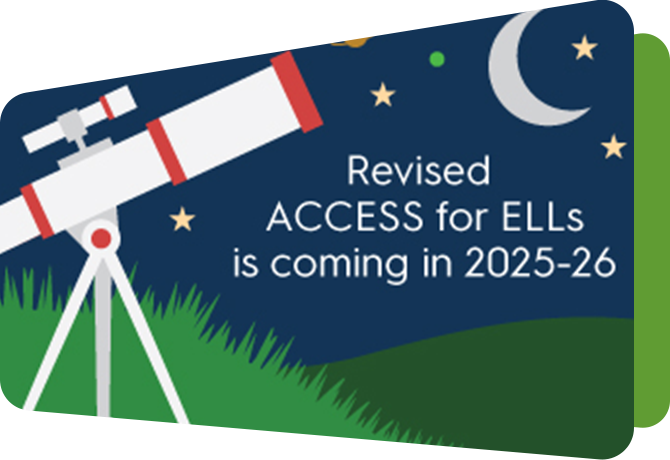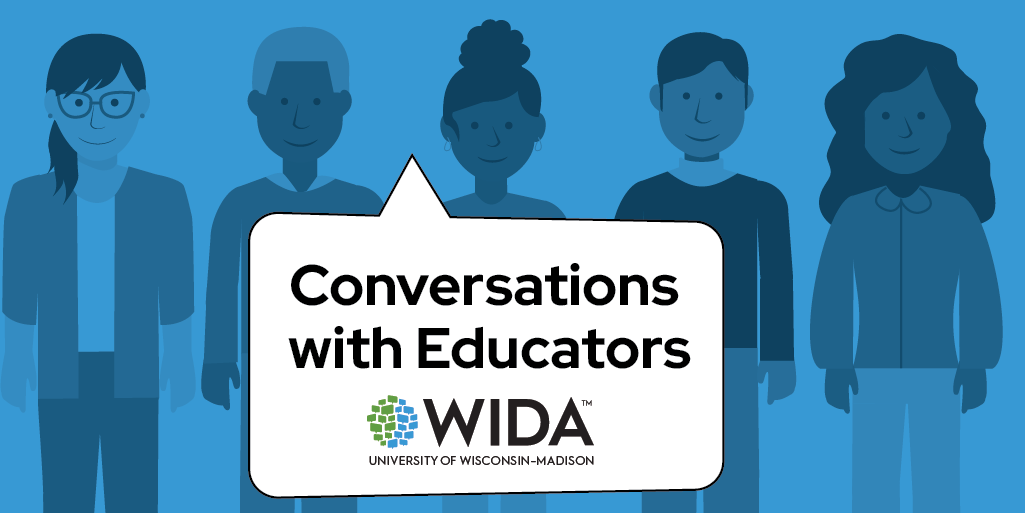Laurene L. Christensen, Melissa L. Gholson, and Vitaliy V. Shyyan
April 2018
English learners with significant cognitive disabilities are a small, but important group of students in U.S. schools with unique learning needs. States, districts, and schools must ensure these students have meaningful access to instructional content. In addition, because federal law requires states to assess the English language proficiency of such students (34 CFR § 200.6(h)(5)), states should include them in subgroups in accountability reports as both English learners and students with disabilities.
As of April 2018, no state has established its own definition of English learners with significant cognitive disabilities. Having such a definition is critical in helping educators identify these students appropriately and ensure learning needs are met. This brief defines “English learners with significant cognitive disabilities” for the broader ALTELLA project and explores related key concepts.
Definitions
The meaning of the term “English learners with significant cognitive disabilities” is important to consider. The U.S. Elementary and Secondary Education Act, reauthorized in 2015 as the Every Student Succeeds Act, defines “English learners” and mentions “students with significant cognitive disabilities” without providing a specific definition. ALTELLA uses the following definition: “English learners with significant cognitive disabilities are individuals who have one or more disabilities that significantly limit their intellectual functioning and adaptive behavior as documented in their Individualized Education Programs (IEP), and who are progressing toward English language proficiency in speaking, reading, writing, and understanding.” This working definition draws from the federal definition of English learners and a synthesis of state-level definitions of students with significant cognitive disabilities.
Defining English Learners
Per Elementary and Secondary Education Act Section 8101(20), the definition of English learner refers to:
an individual —
(A) who is aged 3 through 21;
(B) who is enrolled or preparing to enroll in an elementary school or secondary school;
(i) who was not born in the United States or whose native language is a language other than English;
(ii) (I) who is a Native American or Alaska Native, or a native resident of the outlying areas; and (II) who comes from an environment where a language other than English has had a significant impact on the individual’s level of English proficiency; or
(iii) who is migratory, whose native language is a language other than English, and who comes from an environment where a language other than English is dominant; and
(C) whose difficulties in speaking, reading, writing, or understanding the English language may be sufficient to deny the individual —
(i) the ability to meet the challenging State academic standards;
(ii) the ability to successfully achieve in classrooms where the language of instruction is English; or
(iii) the opportunity to participate fully in society.
According to Section 3113(b)(2)) of the Every Student Succeeds Act, local education agencies must identify in a timely manner students in need of language assistance. All students who may be English learners must be assessed for English learner status within 30 days of enrollment in school. A school or district typically assesses a student by having the parent or guardian complete a home language survey. Based on the survey results, the school may give the student a screener test.
Defining Students With Significant Cognitive Disabilities
The term “students with significant cognitive disabilities” did not appear in federal policy until the 2003 Elementary and Secondary Education Act’s regulations were put into place, but a federal definition has never been established. Federal regulations only note the term does not refer to a specific disability category, leaving the definition to each state to determine. Federal use of the term is to help a state identify students who should participate in its alternate content assessments, which typically begin in the third grade.
Researchers at the National Center on Educational Outcomes have analyzed state definitions of the term “students with significant cognitive disabilities” (Thurlow et al., 2017). They observed that 17 states provide definitions of this term on their websites. In their analysis, Thurlow et al. (2017) identified wide variation in these definitions and some common elements. For example, a key component states agreed on is that the student with significant cognitive disabilities is participating or will be participating in the state’s alternate content assessment. Other agreed-upon components include “significant cognitive or intellectual deficits” and “poor adaptive skills” (Thurlow et al., 2017, p. 10).
Working Definition
ALTELLA uses this definition of English learners with significant cognitive disabilities: English learners with significant cognitive disabilities are individuals who have one or more disabilities that significantly limit their intellectual functioning and adaptive behavior as documented in their Individualized Education Programs, and who are progressing toward English language proficiency in speaking, reading, writing, and understanding.
Challenges in Identifying English Learners With Significant Cognitive Disabilities
Both language- and disability-related challenges exist in identifying students who are English learners with significant cognitive disabilities. Some of these students may not be able to access all domains on the screener. Therefore, when an educator uses a screener, providing accessibility features and accommodations is critical. Even with such accommodations, however, many students’ intellectual disabilities may inhibit their abilities to complete the screener or acquisition of valid findings for each student. Given this limitation and to ensure states meet standards set in the 2004 Individuals with Disabilities Education Improvement Act, educators with knowledge of the student’s language needs must serve on the student’s IEP team (U.S. Department of Education, Office of English Language Acquisition, 2017, Ch. 6, p. 2). These experts are important assets in interpreting the student’s screening results and in advising on additional criteria for determining the student’s status as an English learner. Screening tools should not be the sole source of information.
Informal methods of evaluating the student’s language needs may be necessary. For example, language experts should compare the student’s expressive and receptive language in the home language and in English at home, at school, and in the community to understand the student’s proficiency in both languages.
An important consideration is that English language proficiency assessments begin in kindergarten, and students are tested each year until they score proficient on the assessment. English learners with significant cognitive disabilities must be identified before they begin to take the alternate content assessments in the third grade. Some students who have developmental delays or who have received preschool special needs programming may enter school already identified as having a significant cognitive disability. Students who have not had disabilities identified should have their receptive and expressive language skills evaluated in their home language and in English.
Identification and Service Provision Considerations
Educators may want to consider the following questions related to identifying English learners with significant cognitive disabilities and to providing language- and disability-related services. Answering these questions can help ensure students receive optimal services.
- How have the student’s parents/guardians been included in the identification of both the disability and language-related needs?
- Has the IEP team gathered information from the student, parents/guardians, and school records regarding the student’s previous educational experiences, language assessments, and special education assessments? If yes, which data were collected?
- Will the recommended services facilitate the student’s involvement and progress in the general education curriculum and participation in extracurricular activities? If yes, how?
- How will the IEP team monitor the student’s progress in respect to language- and disability based goals?
- How will the student’s language development plan address the student’s transition needs? What language supports are needed for the student to succeed in college, community, and career settings?
Recommendations
Some key recommendations for educators around identification and support of English learners with significant cognitive disabilities include the following:
- Collaborate with parents/guardians to understand the student’s language use and disability needs in the home and community.
- Consider informal evaluation approaches to learn more about the student’s proficiency in the home language as well as English.
- Identify varying language demands and use across multiple settings, including home, school, and community.
- Include a specialist in English language development in the student’s IEP team.
- Include language- and disability-related information in the student’s IEP.
- Identify which language services will be provided in the IEP.
- Provide appropriate accessibility supports for the student during instruction, informal assessments, and formal assessments including screeners, English language proficiency assessments, and content assessments.
For English learners with significant cognitive disabilities, both their language and disability needs must be met as part of their IEPs, and the increased cognitive and cultural demands that come with using English in their educational contexts must be addressed.
References
Thurlow, M. L., Lazarus, S. S., Larson, E. D., Albus, D. A., Liu, K. K., & Kwong, E. (2017). Alternate assessments for students with significant cognitive disabilities: Participation guidelines and definitions (NCEO Report 406). Minneapolis, Minn.: University of Minnesota, National Center on Educational Outcomes.
U.S. Department of Education, Office of English Language Acquisition. (2017). English learner toolkit (2nd Rev. ed.). Washington, D.C.: Author.






